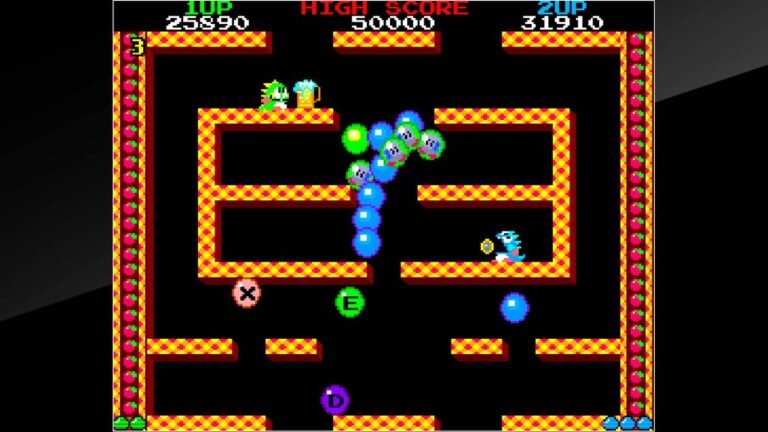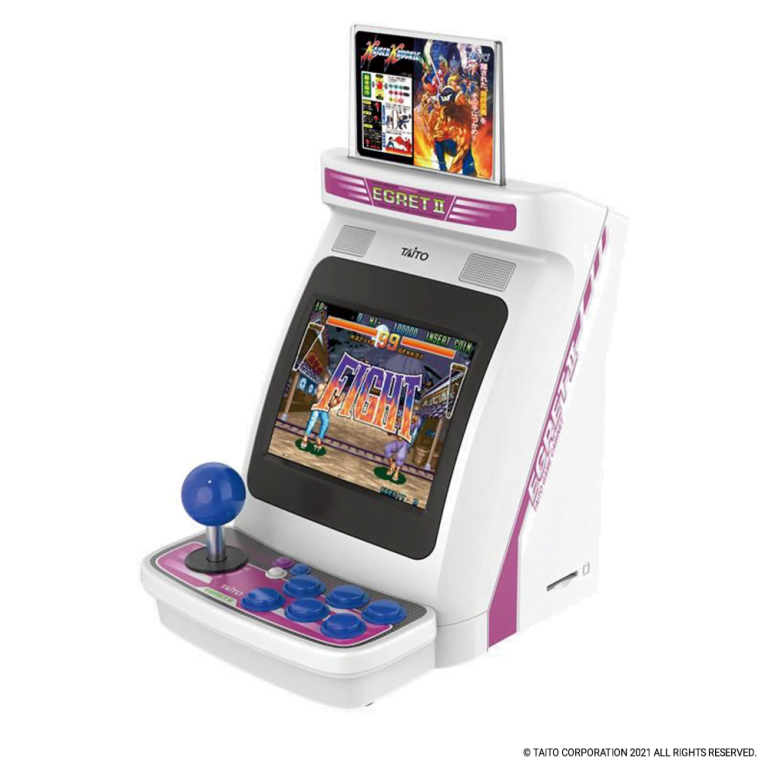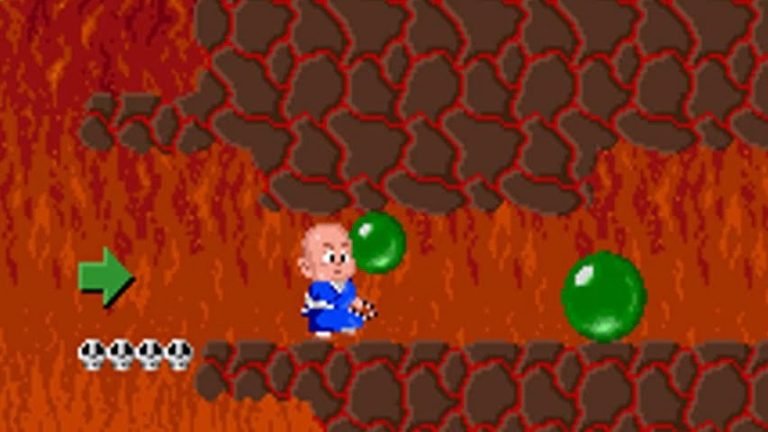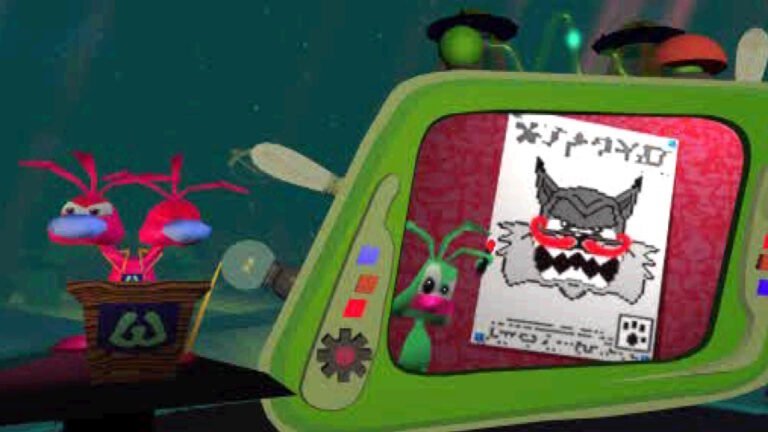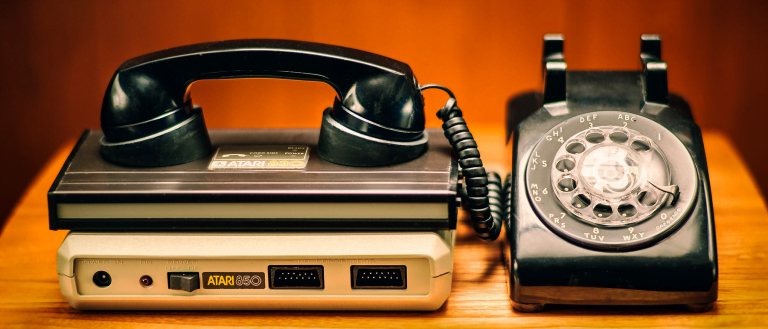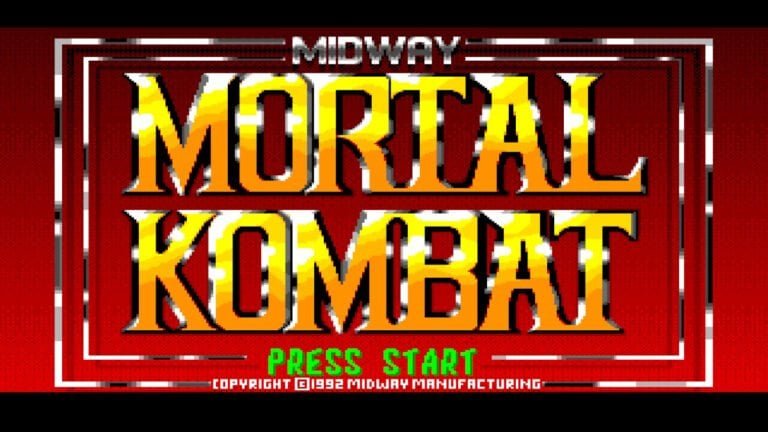Bubble Bobble: A Retrospective
Last Updated on October 4, 2023
Through the treasured annals of arcade legacy, there are many lesser-known games we could say left an individual impact on their players, these games are beloved by arcade gamers and formed the unique experiences that shaped their love for the scene.
Often overlooked but never forgotten, their endless emulation is a monument to the impressions they made on players. You’ll hear or read nostalgic tales of these games from those lucky enough to experience them, once occupying the dusty corners of long-defunct venues, or sharing brief stretches of brilliance in arcades that rapidly replaced them. This is one side of the coin. Then there’s the other side: the phenomenons.
These games melded mainstream appeal with addictive in-game ingenuity to secure a spot in the cabinet canon. These are the games that fuelled the mania of the genre’s heyday. Chances are, if you’re thinking of any classic arcade powerhouse, it belongs in this group. Today’s game is no different, but for reasons I’ll soon explain, falls into a category all its own.
Enter Bubble Bobble.
The ever-recognisable level hopping, bubble popping odyssey is as iconic visually as it is in its gameplay, with a pace and vibrancy that other platformers of the time could only hope to match. Though it remains one of the industry’s most enduring icons, I feel a rundown is overdue for anyone yet to play.
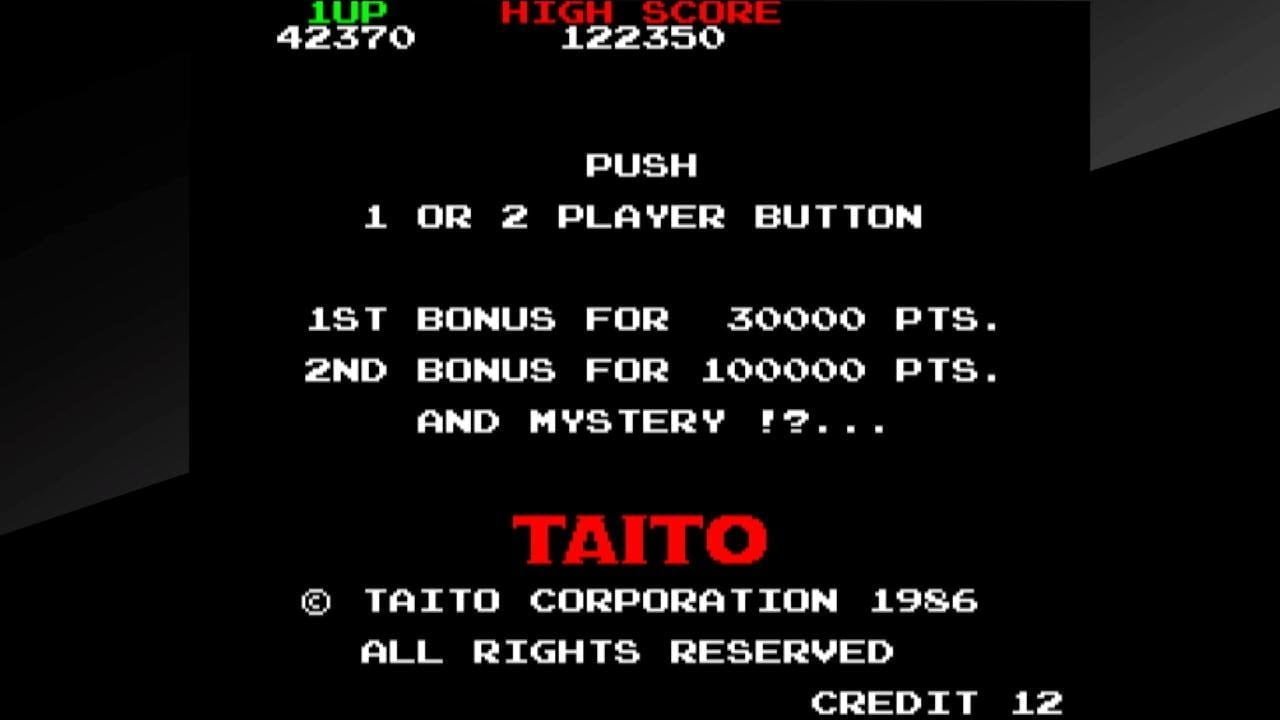
The game opens with its premise, you’re setting off on a journey to the “Cave of Monsters.” Always true to their affinity for mascot mastery, Taito place you in the shoes of two tiny dragons. What the game doesn’t tell you from the outset is that you’re venturing there to rescue your girlfriends from its denizens. Worse still, they’re not actually dragons at all, but ordinary kids turned into “Bubble Dragons” by the sorcery of the game’s villain, a wizard named Drunk (one of my all-time favourite names for any arcade antagonist, second to The Ninja Kids’ marvellously mistranslated big bad, “The Satan”). To defeat Drunk and rescue your sweethearts, you’ll need to clear all 100 floors, easier said than done.
Luckily, it seems being forcibly transformed into bite sized beasts has its perks; as a Bubble Dragon you can fire bubbles at enemies and trap them inside as they harmlessly and haplessly float about the stage. To defeat them, you’ll need to pop the bubbles with your claws or horns to send them spiralling through the air, where you can then collect them as fruit (and other more valuable items).
Dopey baddies perfectly typify the whimsy at the heart of everything this game does.
The enemies themselves are diverse in design and hard to characterise, as iconic as they may be. Their one uniting feature is that they’re not villains in the traditional sinister sense; much like the rest of the game’s aesthetic they’re disarmingly cute, hovering from platform to platform and waddling about the stage with a distinctly clumsy determination.
Different enemies have different styles, some will chase you directly whilst others wander off aimlessly in a strategy so counterproductive it’s almost adorable. These dopey baddies perfectly typify the whimsy at the heart of everything this game does. Granted, this charm may wear off later when you’re met with tougher minions with unceasing projectiles. Get far enough and even direct homages to Space Invaders will appear, scrolling horizontally across the stage showering you with bullets like their original counterparts, reducing the dragons to piles of blinking ash.
The game will throw you small mercies, such as umbrellas that allow you to skip multiple levels and power ups that turn your bubbles to fireballs. Water filled bubbles contain waves of water you can use to ride down platforms, wiping out everyone in your path. There are so many items and secrets that you might not see a lot of them in multiple playthroughs.
The levels are all different in design and totally boxed in; falling down a hole at the bottom of the stage, for example, will see you land safely right back at the top. This gives you ample opportunity to evade enemies however you need to. If the bottom of the stage is too crowded, you can transition to the top of the stage in a quick getaway. Bubbles with letters spelling out “EXTEND” can also grant you an extra life once they’re all popped.
Bubble Bobble is famed for its focus on co-op gameplay. Unlike any game that came before it, you actually require two players to experience the real ending.
This all sounds simple so far, but Bubble Bobble knows how to keep 100 floors of bubble popping fresh. Some will require you to “bubble jump,” an advanced skill as the game puts it. With bubble jumping, you can bounce on a travelling bubble with the soles of your feet to ride it out of walled in areas as well as across stages to enemies camping at the ceiling. If you don’t figure this out, you’ll be left trapped wondering how to progress. I think back to the infamous “Hi-Tech” level which derailed many a childhood playthrough, have fun with that one.
Enemies can also become frenzied if left in bubbles, turning red and chasing you with increased aggression. This can also happen should you take too long to clear a stage, as invincible, time sensitive ghosts track you down for a cheap death.
I mentioned earlier that this game stands out among its ilk of immortalised titles. True, there isn’t another game quite like it (not even its direct sequel, Rainbow Islands) but that’s not what I meant. This game is famed for its focus on co-op gameplay. Unlike any game that came before it, you actually require two players to experience the real ending.
Completing the game alone slaps you in the face with a “bad end” and orders you to finish the game with a pal, shaming you with a dreary jingle and a fake out ending worthy of Ghosts n’ Goblins. It seems cruel at first, but to understand this frustrating finale we’d need to explore the ethos of the game. Who could be better to elaborate than Taito’s game and character designer Fukio Mitsuji, the man behind the masterpiece?
The development of Bubble Bobble was not easy, Mitsuji recalls long nights into early mornings filled with arduous brainstorming. He would work constantly, often through holidays, his crumpled concepts and half-finished ideas carpeting his floor in paper.
Mitsuji strived to create a game that all arcade-goers could appreciate. With women in mind, he decided that bubbles would be appropriate. Why? Well because women, he decided, would naturally enjoy them.
The developer’s stalwart work ethic was fuelled by another more amusing motivation – he didn’t actually like Taito’s ideas. He joined Taito’s staff in 1985 and he was nowhere near pleased with their catalogue, believing that the arcade giants had a poor selection of games; Mitsuji was determined to change this, and the course of the company along with it. Joining Taito was a challenge to him, to turn things around and compete with the likes of Namco, who he felt had a much more exciting library.
His lightbulb moment eventually came, courtesy of the couples he would see visiting the arcade together. Since there was already a pretty large and obvious gender gap in arcade audiences, Mitsuji strived to create a game that all arcade-goers could appreciate. With women in mind, he decided that bubbles would be appropriate. Why? Well because women, he decided, would naturally enjoy them. In a magazine interview from 1988 he explained he had narrowed the idea of bubbles down from a huge list of things girls liked to draw. You’ve got to hand it to him, his simple reasoning definitely paid dividends. The rest is history.
Even long after his death in 2008 at the young age of 48, this history is still being written. The series that Bubble Bobble birthed has exploded in both popularity and variety; for every decade that has passed we’ve been graced with a healthy supply of spin offs and sequels. Mitsuji’s iconic dragons have starred in not just one, but two immensely popular titles, with Puzzle Bobble (Bust-A-Move) having carved out a legacy all of its own (you could honestly fill an article all its own with these entries).
Bubble Bobble is easily obtainable on any console you can think of, from the NES to the Sega Saturn and the PS5 to name but a few. Search for it on any modern console’s marketplace and you’ll find it.
It’s no coincidence that post-1986 Taito saw some of Taito’s greatest platformers, like its own sequel Rainbow Islands, beloved maze explorer The New Zealand Story and the charming and obscure Liquid Kids. All of these can be traced back to Bubble Bobble, but Mitsuji’s legacy runs deeper than that. His simple philosophy of thrills and excitement as the driving force of gaming can be felt in so many of Taito’s subsequent games that you won’t need to look far to find it. In this sense, his ambition to change Taito couldn’t have been more realised.
Will has been a writer in the industry for seven years, chiefly on the topics of fitness, well-being and gaming. A life-long collector of rare and obscure games and consoles, he also has a warm fondness for all things arcade gaming. When not working out and writing, he can be found patiently waiting for his favourite arcade oddities to hit the market once more.
